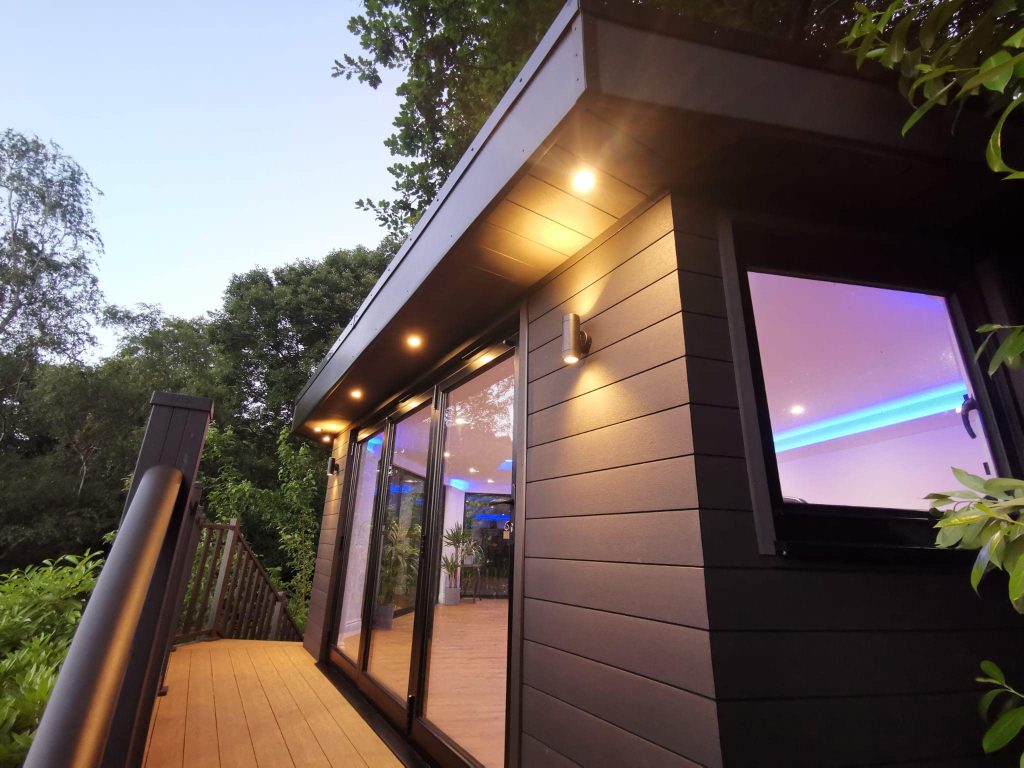Lets take a look at the pros and cons of composite cladding

Cladding has been around for centuries. Adorning the side of our building with panels aids in security, insulation, and even aesthetic! Traditionally timber, cladding now comes in a number of materials including woods, stone, and vinyl! The most recent addition to this list, composite cladding, is made from a mixture of wood fibre and plastic, and it created from recycled materials. Composite cladding comes with many unique benefits! We will discuss these here, along with any downsides to opting for composite cladding for your home:
Pro: Durability
Composite cladding is designed and manufactured for durability. This material forms a hard shell for the outer walls of your house and will protect your inner walls and insulation whole remaining fully waterproof. Unlike timber, composite will not weather easily under adverse conditions and will not erode or become damaged easily.
Pro: Low Maintenance
Due to its durability, composite is incredibly low maintenance compared to timber cladding. You do not need to seal, stain, or paint your cladding to protect it from weathering, nor will you need to sand it down or replace sections that have rotted or weathered.
Pro: Lower Cost Long-Term
Composite cladding costs a little more to install, but because of its long-term durability and low maintenance, it can be the cheaper option in the long run! Especially if you’re installing cladding on your forever home, the cost benefits of opting for composite over timber only grows the longer you’re there!
Pro: Easily Customisable for Aesthetic
One excellent upside for composite cladding is that the material is available in a range of styles and colours to match with your desired aesthetic! Whether you’re opting for slate grey to adorn an externally minimalist, contemporary home, or mahogany wood effect to decorate an older farmhouse or cottage, you can customise your cladding to your specifications!
Con: Expensive Installation
As mentioned above, installation costs for composite cladding can be higher than those for timber, which can put some off when considering cost. However, this tends to balance out in the long run with greater resistance from weathering, erosion, and damage, lower maintenance costs, and better general longevity for the cladding!
